 by Sherry Bunting
by Sherry Bunting
In the agriculture community, it’s not hard to find examples of folks “giving forward” in ways that make America great. One such example was to be found in Virginia’s Shenandoah Valley this past winter and spring. The Rockingham Feeder Calf Association organized two cattle drives through the Heifers for South Dakota (HSD) project to help replenish losses and lift the spirits of fellow ranchers nearly 2,000 miles away after the unexpected pre-season Winter Storm Atlas devastated ranches along Highway 34 into the Black Hills region during the first week of October.
Virginia cattlemen Jim Lam and Lynn Koontz, who serve as president and vice president of the association, were instrumental in getting a total of 100 cattle donated. The first load of 40 bred heifers were trucked out in February, just prior to calving, and a second load of 60 open heifers went out in late March. During the Rockingham Feeder Calf Association annual meeting at the Weyers Cave Community Center June 17, Lam thanked the crowd of 200. A South Dakota photo presentation was part of the evening program. Lam said the organization has received letters from South Dakota ranchers who received Virginia cattle. Their appreciation goes beyond words.
“On my ranch, those animals and their offspring, will always be known as the Virginia girls,” said Mark Sanders, a rancher just south of Rapid City, SD. The Sanders Ranch was one of the the few dozen ranches nominated by other cattlemen and identified to receive cattle from HSD. The HSD project was started one week after the storm by Montana cattleman Ty Linger. Sanders Ranch received their bred HSD heifers in February, and they calved in early March. They lost 40 percent of their herd in the October storm — including bred females, 500-weight calves and all of their 2-year-old breeding bulls.
“These cattle just fit in so nice,” said Sanders of the “Virginia girls.” He was surprised the ranch he operates with his wife Lisa, brother Ed and brother Jim and his wife Sheri was nominated repeatedly to receive HSD cattle. The day they were notified to come pick up their bred heifers at the Brunner ranch, was a day of hope for their future.
“The Virginia cattle had no trouble calving here. They are good size, high quality cattle and they came ready with a good hair coat,” Sanders reported as he pointed out the Virginia girls among the new donated heifers at the ranch during a May visit to the hardest hit areas of South Dakota. Individual herd losses averaged 40 to 50 percent in the region. The HSD project targets young ranchers and ranchers with steep losses to receive donated heifers through a nomination process. Many of the older ranches interviewed turned down donations from HSD and the Rancher Relief Fund, wanting to leave more for the younger ranchers.
What made the storm’s cattle losses even tougher was that these herds were already thinned after two years of continuous drought and high feed prices. Rebuilding will take five years, at a minimum, due to the greater loss of bred females versus calves, leaving ranchers with three to four years of lost income and the double-edge of the high cattle market making difficult to buy back in.
That’s where HSD has had its largest impact. Without HSD and the Rancher’s Relief Fund, many of the ranchers — mainly the young ranchers — would not have been able to keep going. According to the South Dakota Stockgrowers Association, the livestock losses reported to the Rancher Relief Fund as of April 25, 2014 totaled 43,000 head. Most folks expect the final tally to land 60,000 and 80,000 in the weeks ahead as USDA receives rancher applications for the recently passed Farm Bill’s Livestock Indemnity Program (LIP) after the rules for application were released in May.
Shawn Freeland, a young rancher near Caputa, SD, who also received cattle from HSD, tried to find the words: “The best way I can describe the impact on our whole community is to imagine if all the restaurant owners and grocers in New York City woke up one morning to find half their inventory gone. Their loss is not insurable. And they discover half of their customers and employees are also gone, and those were people they have known for generations. They’ve watched them come in with their children, watched their children get married and bring grandchildren…”
What really hurt the cattle was the 1.75” of rain that saturated their still-sleek summer coats ahead of the snow. When the vortex of the wind shifted, it flushed cattle from the wind breaks and draws. Having been previously soaked by the rain, they drifted away from the wind and became disoriented.
“The snow was blue,” said Gary Cammack of Union Center, SD. “It had this blue cast to it, so heavy with moisture. It was too much for them.”
The young ranchers are his concern. Older ranchers have some equity built up, he said, but young ranchers have debts and need income to keep going. The high cattle prices make it too expensive for young ranchers to buy cows and rebuild their herds. HSD and the Ranchers’ Relief Fund have helped bring hope to the area, as will the Farm Bill’s Livestock Indemnity Program.
In the midst of losses that are still being counted, there is hope, faith, and boots-on-the-ground work ongoing across the region. Ranchers from over a dozen states have reached out with not only heifer donations and financial assistance, but also work crews of junior cattlemen.
The South Dakota ranchers said it has been these early relief efforts that have kept them going. The numbers of cattle donated are a drop in the bucket, “but the hope they bring — the feeling that we’re not alone, that someone as far away as Virginia would donate a top quality bred heifer to a guy like me here in South Dakota, well I can’t even put a number on that,” said Sanders.
The HSD program continues to receive donations. As for the Rancher Relief fund, which accepted donations and pledges of $5 million since last October, the last check to identified ranchers was written as recently as June 1.
As the tornadoes hit recently in the Midwest, some of the ranchers who had been helped after the October Winter Storm Atlas turned right around to help the families whose cattle feedlots were recently devastated by the double-tornado in Nebraska. Yes, the agricultural community demonstrates what makes America great.

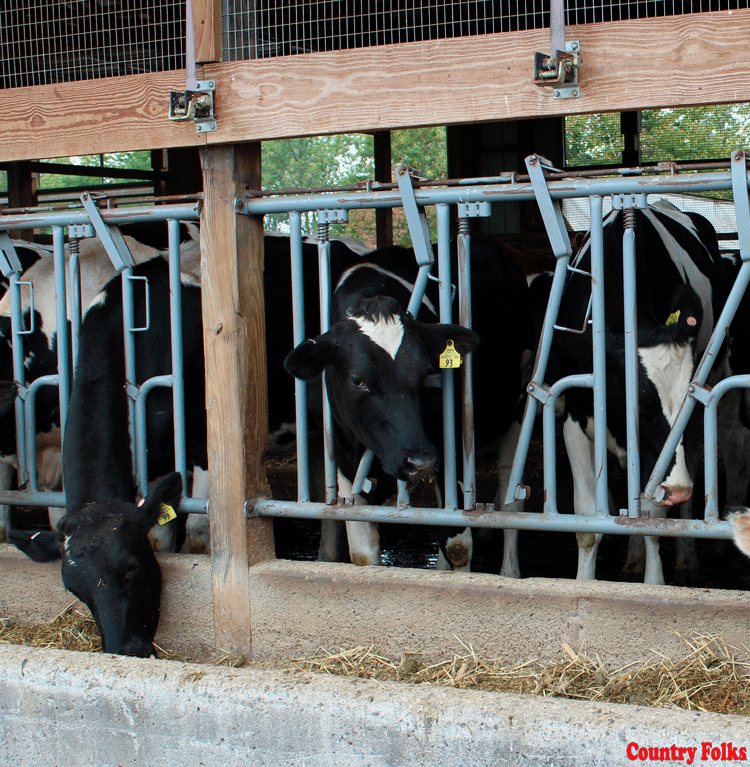
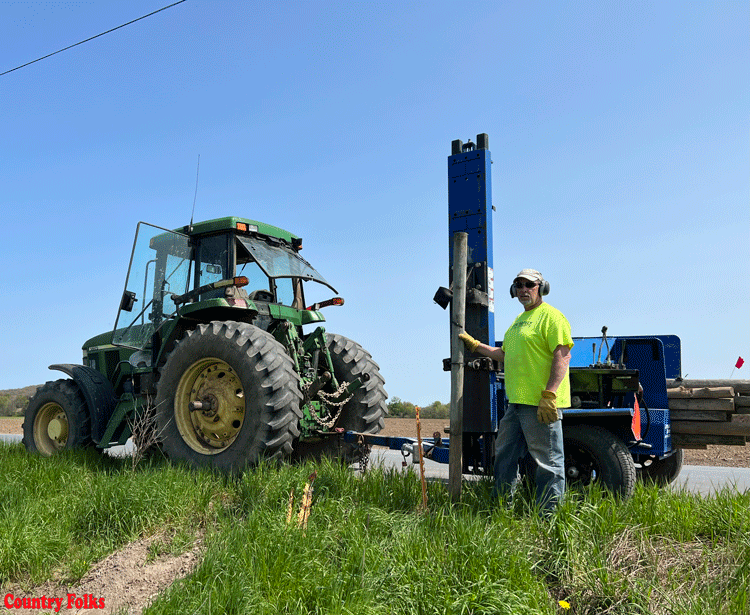
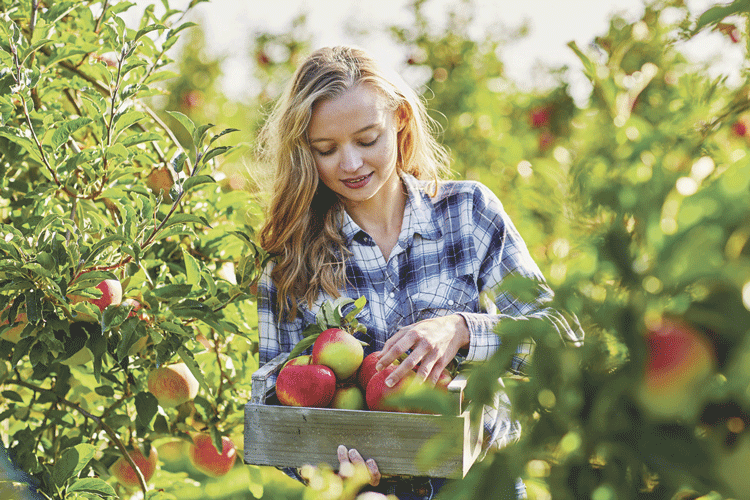
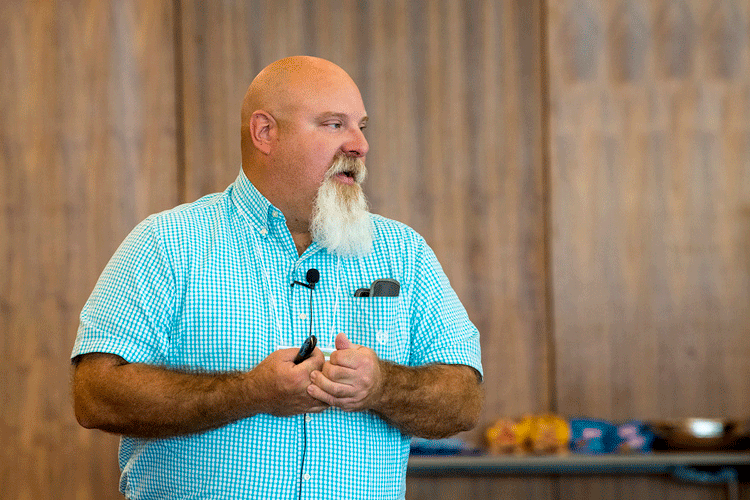
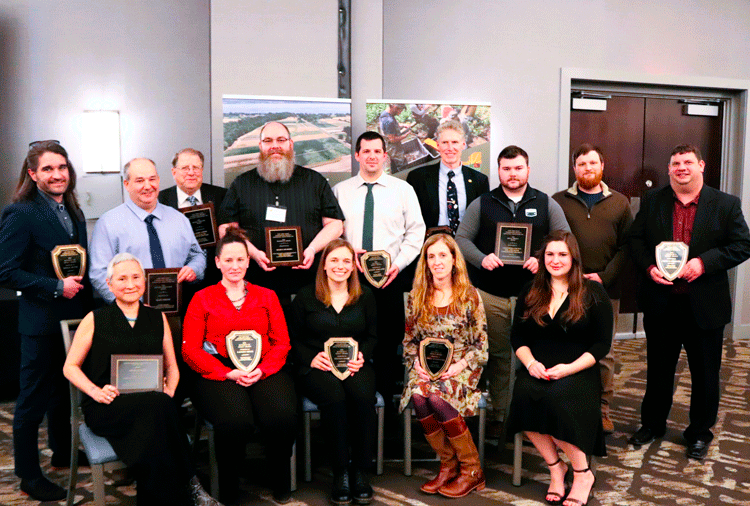

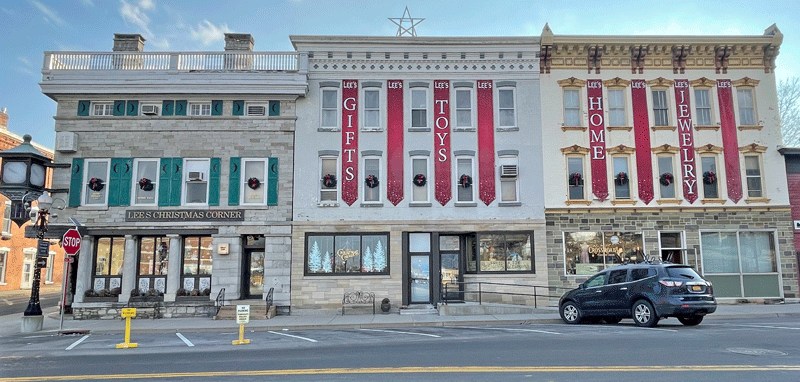

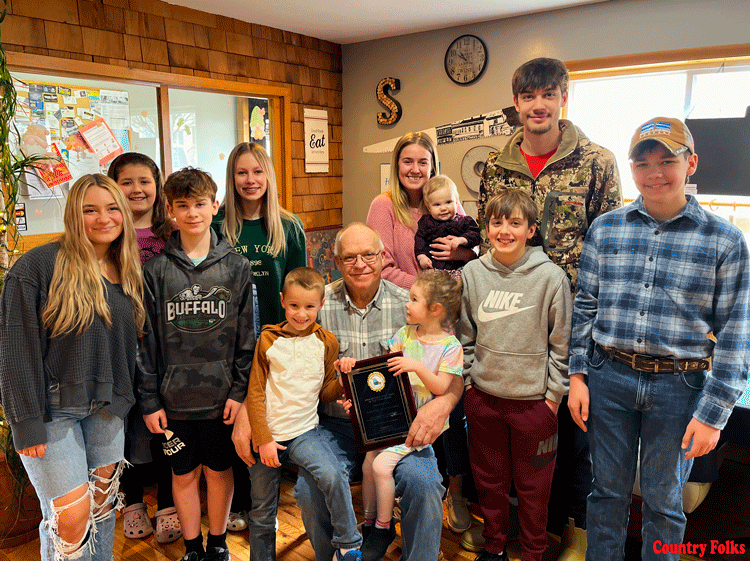


Leave A Comment